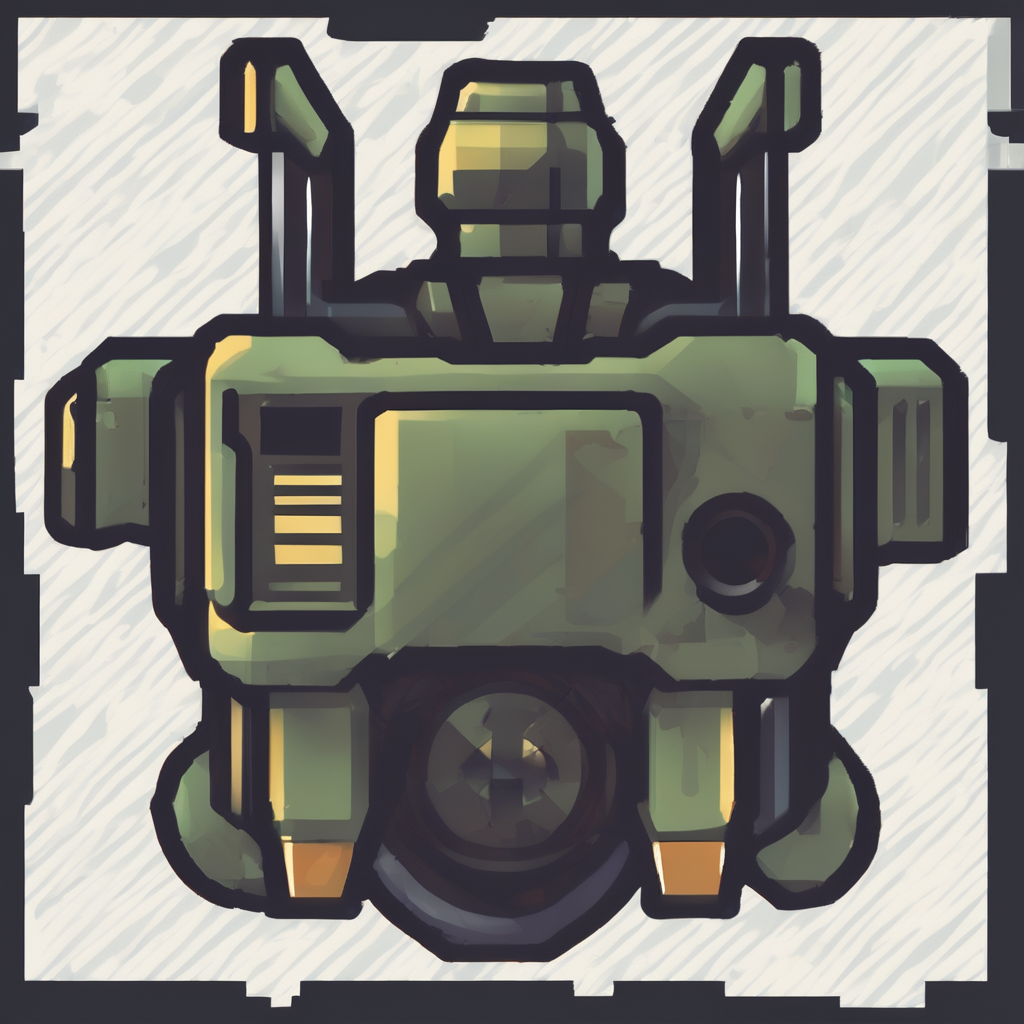Essential Camera Settings for UK Pet Photography
Selecting the right camera settings is crucial for capturing the lively spirit of pets in UK pet photography tips. Beginners often ask, What camera mode works best for pet photos? The answer is typically Sports or Shutter Priority mode, as it allows better control over shutter speed, essential for freezing rapid pet movements.
Adjusting shutter speed is vital; a fast shutter speed (around 1/500s or higher) prevents motion blur, especially with active dogs or cats. Conversely, aperture settings also play a role: a wider aperture (low f-number like f/2.8) creates a shallow depth of field, making your pet stand out crisply against a soft background—perfect for portrait-style shots common in UK pet photography. However, beware of too narrow an aperture, which might slow the shutter speed and risk blur.
Additional reading : What are the most common pet adoption mistakes in the UK?
For lenses, a versatile 50mm or 85mm prime lens or a 24-70mm zoom lens suits most beginner pet photography needs in the UK. These lenses balance sharpness and flexibility. Many UK photographers recommend cameras with good autofocus performance and silent shooting to avoid startling anxious pets. Popular choices include mid-range DSLRs and mirrorless cameras widely available from UK retailers, fitting both budget and performance criteria. This balance of settings and gear helps beginners unlock professional-quality pet photos.
Choosing the Best Lighting and Timing for Memorable Shots
In UK pet photography, lighting tips UK experts emphasize the power of natural light. Outdoor pet photography thrives when you utilise soft, diffused light rather than harsh midday sun. Early mornings or late afternoons offer gentle illumination that highlights your pet’s features without causing squinting or harsh shadows.
Topic to read : Why Should More UK Workplaces Consider Pet-Friendly Policies?
How do you handle the often cloudy and variable British weather? Cloud cover acts as a natural diffuser, creating an ideal soft lighting effect. Don’t shy away from overcast days; they can produce beautifully even light, perfect for capturing fur textures and lively expressions.
Timing your pet photo session is just as important. Photographers recommend shooting during the golden hour—shortly after sunrise or before sunset—when warm tones and long shadows add depth and warmth to your photos. Indoors, placing your pet near large windows taps natural daylight, reducing the need for flash, which can startle pets and ruin candid moments.
By considering these lighting and timing strategies as part of your UK pet photography tips, you can consistently produce captivating images even in challenging British weather conditions.


